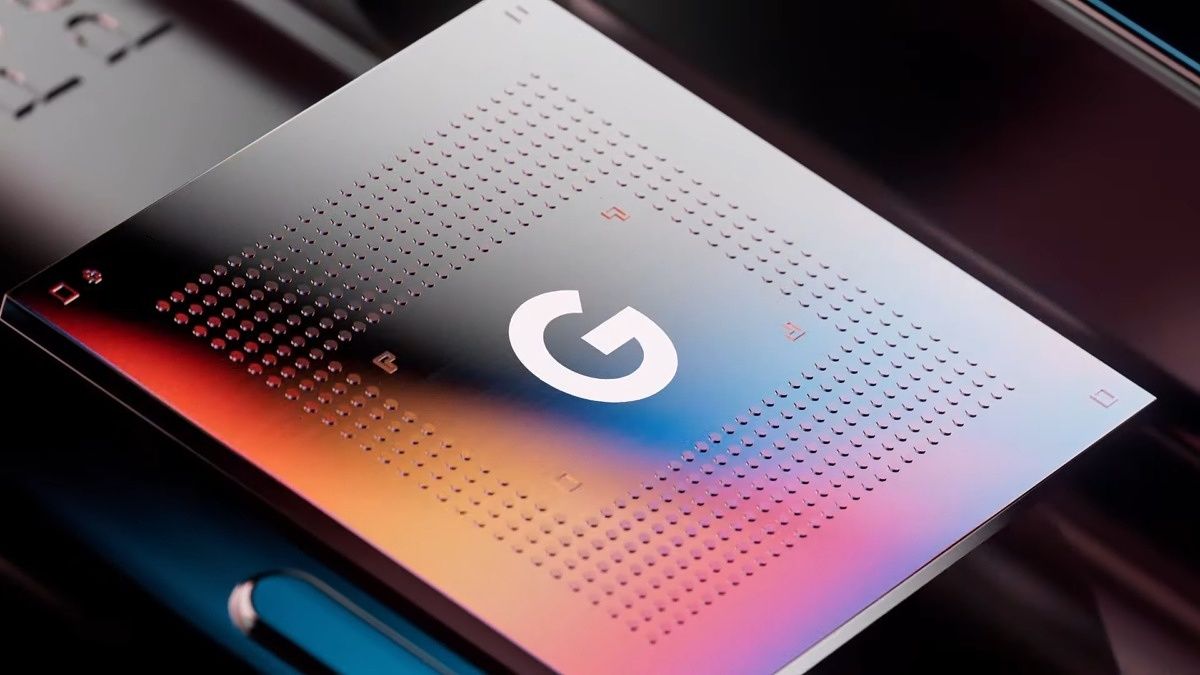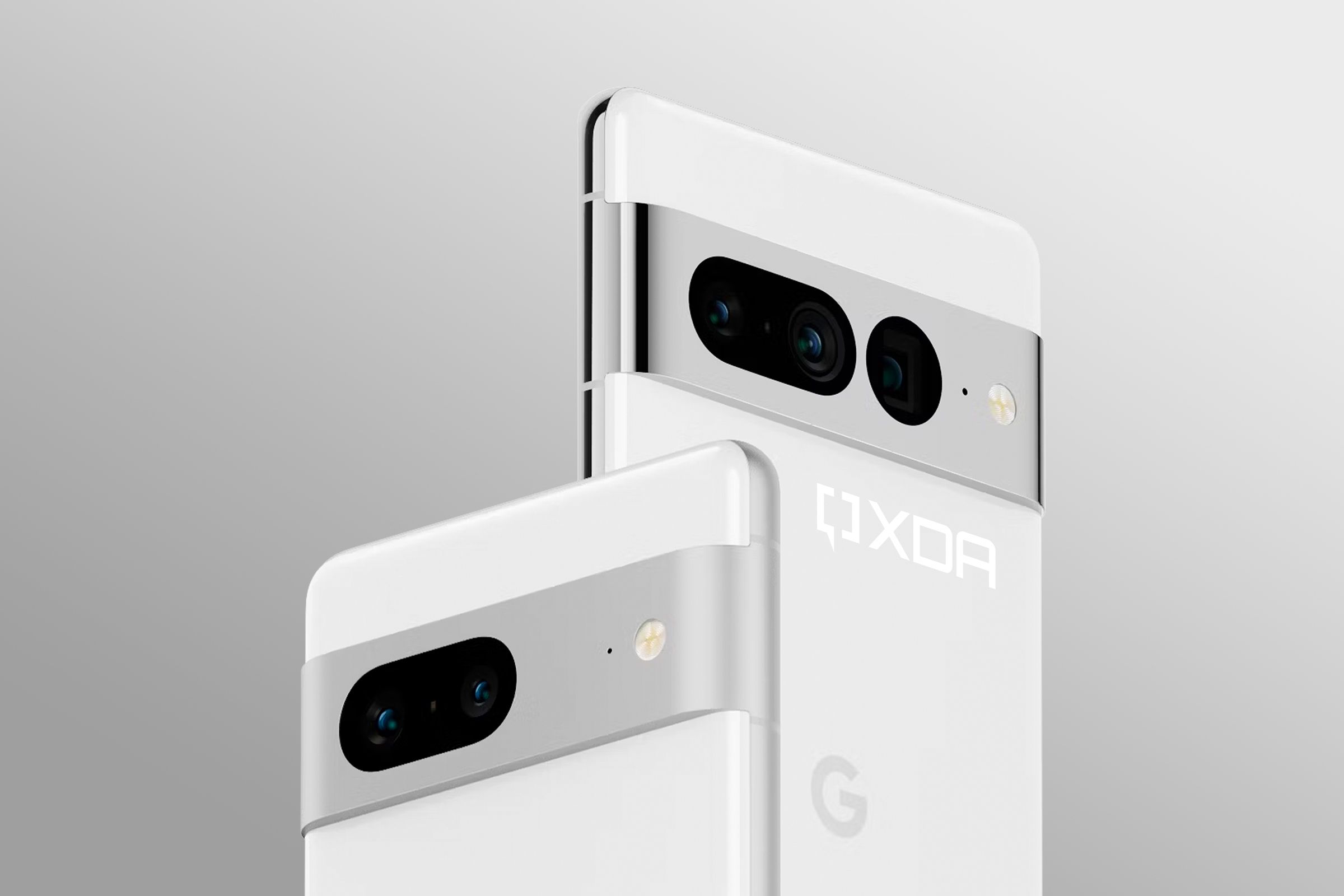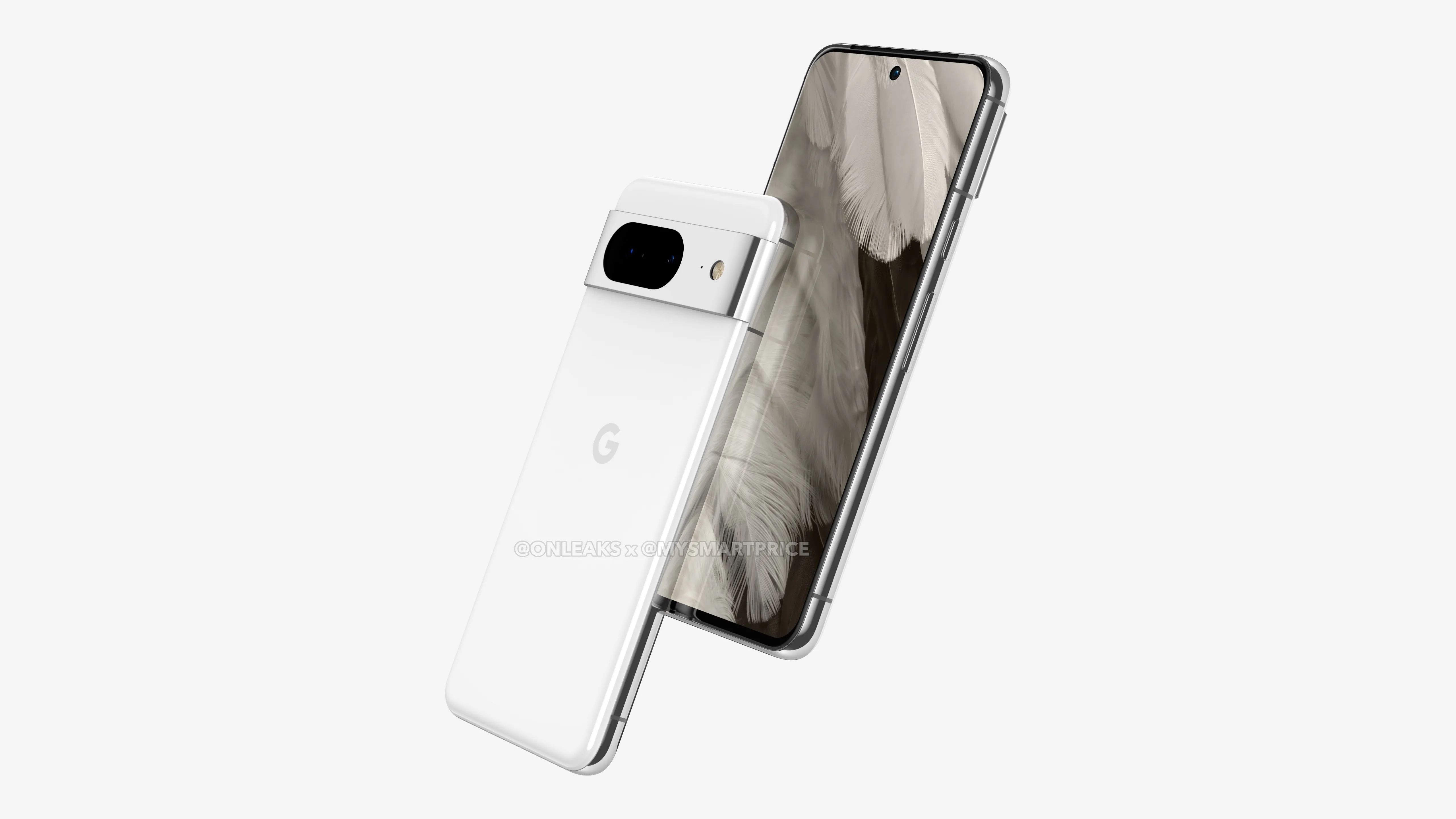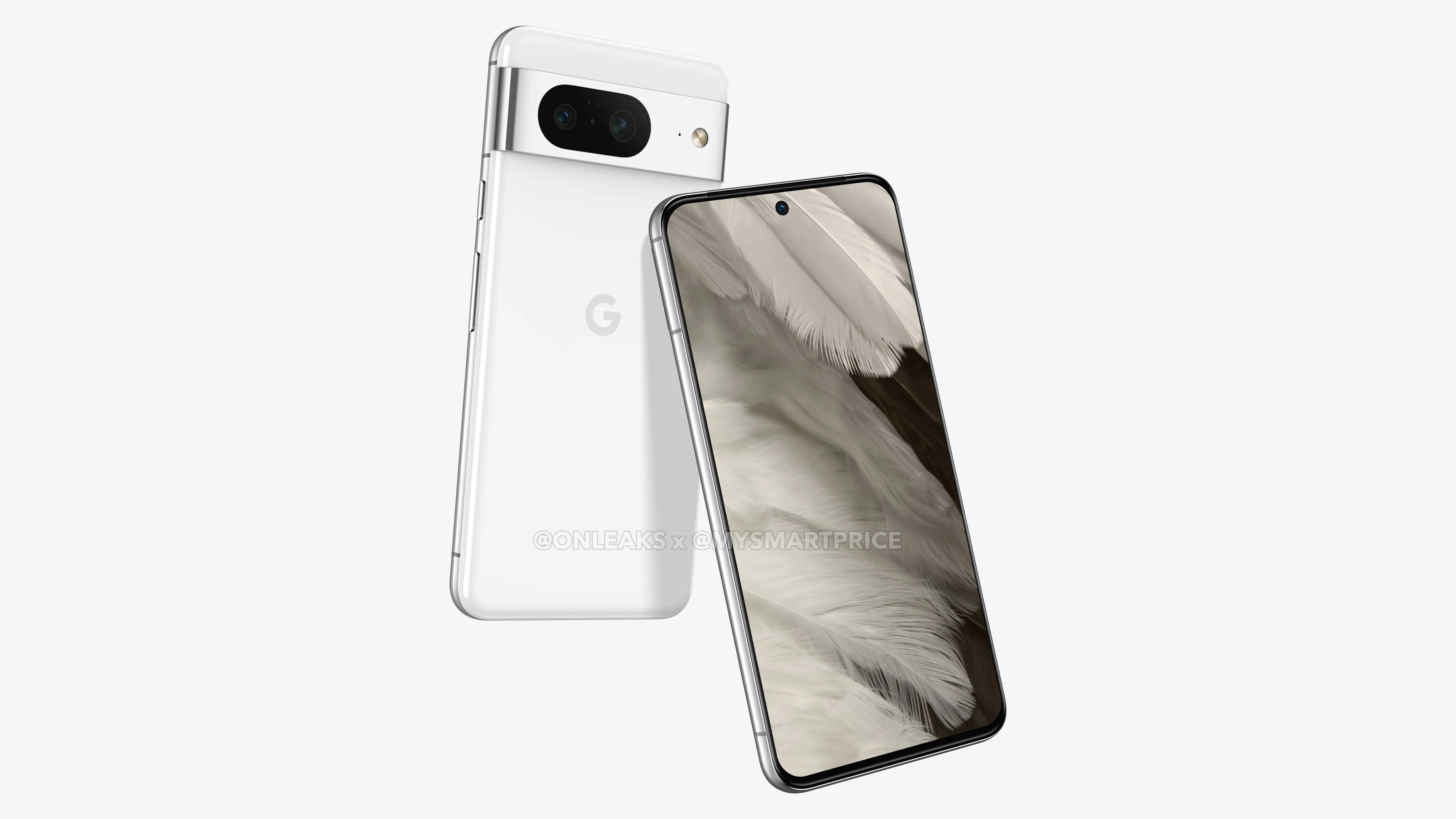The Google Pixel 8 series is still a few months away, but we've already got an idea of what to expect. We've seen what the device will look like thanks to a few different leaks, and we can make a couple of reasonable assumptions about what to expect too. One such assumption is that the Pixel 8 series will come with Google's latest Tensor chip, presumably named the Tensor G3. Now we're getting some insight into how Google's next flagship chipset is shaping up thanks to a leak from Kamila Wojciechowska at Android Authority
The Google Tensor G3 is codenamed "zuma", and it seems to focus on doubling down on both performance and AI capabilities. Android Authority's source is allegedly from within Google, and given Wojciechowska's track record with Google leaks, there's no reason to doubt this particular leak.
Google's Tensor G3 might come with a nona-core chipset supporting MTE
The biggest surprise with Google's Tensor G3 is that it will apparently pack a weird core layout, bringing nine cores across three separate clusters. With the original Tensor and Tensor G2, Google packed two Cortex-X1 prime cores, which was already quite strange, and a nine-core layout is equally strange. For context, most chipsets these days release with eight cores.
Tensor G3 (zuma) | Tensor G2 (gs201) | Tensor (gs101) | |
|---|---|---|---|
Prime cores | 1x Cortex-X3 @ 3.0GHz | 2x Cortex-X1 @ 2.85GHz | 2x Cortex-X1 @ 2.8GHz |
Performance cores | 4x Cortex-A715 @ 2.45GHz | 2x Cortex-A78 @ 2.3GHz | 2x Cortex-A76 @ 2.25GHz |
Efficiency cores | 4x Cortex-A510 @ 2.15GHz | 4x Cortex-A55 @ 1.8GHz | 4x Cortex-A55 @ 1.8GHz |
The reason Google may be going with this design is thanks to the merged-core architecture of the A510 series, especially as four A7xx cores are quite common at the moment in both the MediaTek and Snapdragon camp. Arm's merged-core architecture allows for two A510 cores to share resources with each other in a "complex" like L2 cache, the L2 translation lookaside buffer, and vector datapaths, saving on space and power consumption. This means that instead of having three efficiency cores (and one having to run solo), they can add an extra core at not much energy cost that can share resources with what would have been a solo core anyway.
Nonetheless, this is still a strange layout when compared to the rest of the competition on account of that extra efficiency core, but there are a number of efficiency and performance improvements to be had here. Upgrading from the X1 to the X3, the A78 to the A715, and the A55 to the A510 may yield power savings thanks to architectural improvements over two generations. This may be what has given Google confidence to increase clock speeds.
Moving to Arm v9 architecture has the added benefit of allowing Google to implement new technologies too, particularly in the realm of security. We spotted a feature in Android 14 titled "advanced memory protection", which likely makes use of Memory Tagging Extensions (MTE), a mandatory hardware feature of Arm v9 that protects against memory safety bugs. It comes with a slight runtime performance cost by providing detailed information about memory violations but can help prevent memory safety vulnerabilities which make up the majority of severe Android vulnerabilities.
As Google explains, “at a high level, MTE tags each memory allocation/deallocation with additional metadata. It assigns a tag to a memory location, which can then be associated with pointers that reference that memory location. At runtime the CPU checks that the pointer and the metadata tags match on each load and store.”
Ray-tracing and Immortalis graphics
As expected, Google will also be upgrading its GPU, very likely to an Immortalis GPU from Arm. In this case, it would be the Immortalis-G715, expected to pack 10 cores and ray-tracing capabilities. The Pixel 6 series especially had powerful graphics, but sustained performance was something that it struggled with. The G715 should pack a lot better performance, with the Immortalis variant of the G715 being reasonably competitive versus the Adreno 740 of the Snapdragon 8 Gen 2.
Tensor G3 (zuma) | Tensor G2 (gs201) | Tensor (gs101) | |
|---|---|---|---|
GPU Core Model | Mali-G715 (Immortalis) | Mali-G710 | Mali-G78 |
Core Count | 10 | 7 | 20 |
Frequency (shaders) | 890MHz | 848MHz | 848MHz |
Tensor G3 might be the first smartphone chipset with AV1 encoding capability
Especially interesting for the future of AV1, Google's Tensor G3 might be the first smartphone to support AV1 encoding. While we don't know if the Snapdragon 8 Gen 3 or the next Dimensity 9000 series chipset will support it, Tensor G3 should come out ahead of both of those chipsets. As Wojciechowska notes, Google had a custom AV1 decoder codenamed "BigOcean" that supports up to 4K60 AV1 video decoding, with Tensor G2 likely leaving this unchanged.
The Samsung Multi-Function Codec block now supports 8K30 decoding and encoding in H.264 and HEVC, though an internal version of Google Camera apparently doesn't support 8K recording. This is likely on purpose, as storage constraints and thermals need to be a consideration as well. "BigOcean" has now been replaced by "BigWave", keeping the same AV1 decoding capabilities but also adding 4K30 encoding, too.
Tensor G3 (zuma) | Tensor (gs101) | Tensor G2 (gs201) | |
|---|---|---|
H.264 decode | 8K30 | 4K120 | 720p240 (MFC) | 4K120 | 720p240 (MFC) |
H.264 encode | 8K30 | 4K120 | 720p240 (MFC) | 4K120 | 720p240 (MFC) |
HEVC decode | 8K30 | 4K120 | 720p240 (MFC) | 4K120 | 720p240 (MFC) |
HEVC encode | 8K30 | 4K120 | 720p240 (MFC) | 4K120 | 720p240 (MFC) |
AV1 decode | 4K60 | 1080p120 (BigWave) | 4K60 | 1080p120 (BigOcean) |
AV1 encode | 4K30 | 720p240 (BigWave) |
An improved TPU
Google loves to tout its AI capabilities in its Tensor chipsets, basically giving it full credit for enabling features like Now Playing, Live Translate, Magic Eraser, and more. Enhanced AI can mean a lot for the next Tensor chip, and Tensor G3 will come with a new TPU codenamed "Rio" running at 1.1GHz. Wojciechowska expects that it should have significant performance gains over its predecessors, especially as at the same clock speed, Tensor G2's TPU was said to have a 60% AI improvement over the TPU in the original Tensor while running at the same clock speed.
Other Tensor G3 improvements
GXP for process offloading
Google packed a custom DSP with Tensor G2, also called GXP. It somewhat flew under the radar, but it essentially replaces the GPU in a number of graphics-related tasks such as deblurring and local tone mapping. There aren't a lot of details actually shared by Google about it, but it seems that Google has upgraded it for Tensor G3 to a four-core 1065MHz frequency uplift, up from 975MHz.
UFS 4.0 support
Tensor G3 apparently packs a new version of Samsung's UFS controller, supporting UFS 4.0. UFS 4.0 is a lot faster than UFS 3.1. It doubles the sequential read from 2.1GB/s to 4.2GB/s and more than doubles the sequential write to 2.8GB/s from 1.2GB/s. Those are massive improvements and will improve the speed at which your phone launches apps and saves files to your storage.
There are already a number of devices that support UFS 4.0, including most flagships released this year already such as the OnePlus 11 and the Samsung Galaxy S23 series.
No modem upgrades
One of the biggest criticisms of the original Tensor chipset was that it packed a sub-par modem in the form of the Exynos Modem 5123, which was upgraded for Tensor G2. Tensor G2 brought the Exynos Modem 5300, but apparently, it's being kept the same this time around for Tensor G3. Modem issues weren't as prevalent in G2, so hopefully there won't be any problems. There are apparently some tweaks, but it's unclear what those are.
Google's Tensor G3 is a big step forward for Google
If you're looking to pick up a Pixel device, Tensor G3 looks like it will be a pretty big improvement over last year's Tensor. The cores alone are a pretty big upgrade, and I'm excited to see how Tensor G3 fares in both performance and power consumption. Tensor G2 was essentially a refresh in comparison to its predecessor, but this is a major overhaul and a big modernization thanks to Arm v9 and a better GPU.




